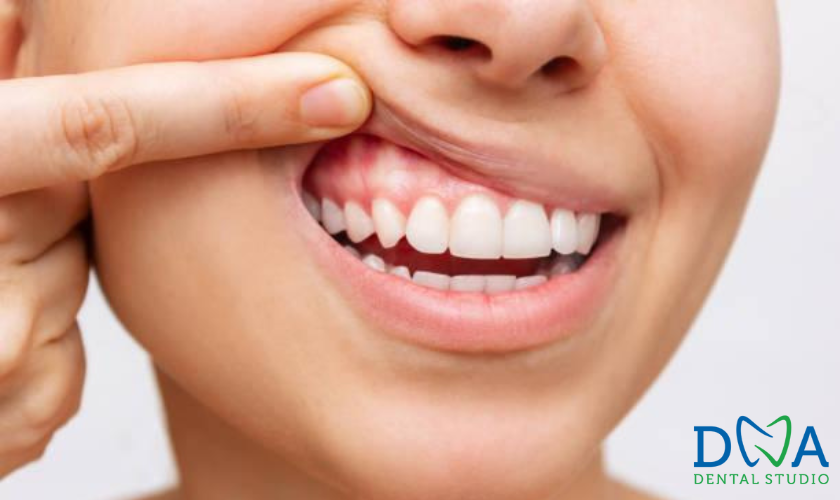An infection of the tissues that support your teeth is known as periodontal (or gum) disease. If you have a grown periodontal disease, it can result in painful chewing issues, bleeding gums, and even tooth loss. Poor brushing and flossing practices frequently contribute to it by allowing plaque, a sticky film of germs, to accumulate on the teeth and harden.
What is the periodontal treatment?
Periodontitis, also called gum disease, is a severe infection of the gums that hurts the soft tissue and, if not treated, can destroy the bone that holds your teeth in place. Periodontitis can make teeth become loose or even cause people to lose teeth. If you brush your teeth at least twice a day, floss every day, and go to the dentist regularly, it will be much easier to treat periodontitis and less likely to get it.
How common is periodontal disease?
More than 47% of American people over the age of 30 have periodontitis. For people over the age of 65, that figure nearly doubles.
What are the reasons for periodontal disease?
Plaque, a bacterial biofilm that forms on teeth, is usually the starting point for periodontitis. Here is how plaque can develop into periodontitis:
- Plaque builds up on teeth when bacteria in the mouth combine with the carbohydrates and sugars in meals. You can remove plaque by brushing twice daily and flossing once daily, but it can quickly return if you don’t take additional preventative measures.
- Tartar and plaque can cause serious problems if left on teeth for extended periods. If plaque is there on the teeth, it can solidify into tartar (calculus) under the gums, due to which tartar builds up on teeth, making it harder to remove. The dentist then helps in removing the Tartar, as regular oral hygiene alone will not be enough to eradicate it.
- Inflammation and irritation of the gum tissue that supports your teeth are gingivitis (gingiva). Gingivitis is the mildest form of gum disease and can happen by plaque buildup. With professional treatment and diligent self-care, you can reverse gingivitis.
How to prevent periodontal disease?
To avoid periodontitis, you can:
- Brush teeth at least twice daily.
- Floss your teeth.
- Clean your teeth twice in a year
- Quit Smoking
What is the treatment for periodontal disease?
Gum disease treatment aims to restore gums’ natural function and adhesion to teeth, reduce inflammation around teeth, shallow pocket depth, and infection risk, and arrest the condition’s progression. The disease’s passage, the patient’s response to previous treatments, and general health all factor into the available therapy options. Surgical procedures can repair damaged connective tissue, while dentists can use non-invasive treatments to limit the spread of bacteria. Gum Disease Treatments gives a detailed account of the many essential approaches to alleviate this condition.
Periodontitis is the most severe form of gum disease. Teeth loss can occur if you do not address periodontitis. There may be swelling and bleeding of the gums. If you are experiencing discomfort or tenderness in your mouth, consult your doctor. Good oral hygiene is the best defense against periodontitis. Before it creates any issues, you must remove plaque with the help of a nearby dentist. You should also visit the dentist regularly for cleanings and checkups, in addition to brushing and flossing your teeth twice a day. It’s the best way to ensure the long-term health of your gums and teeth.


